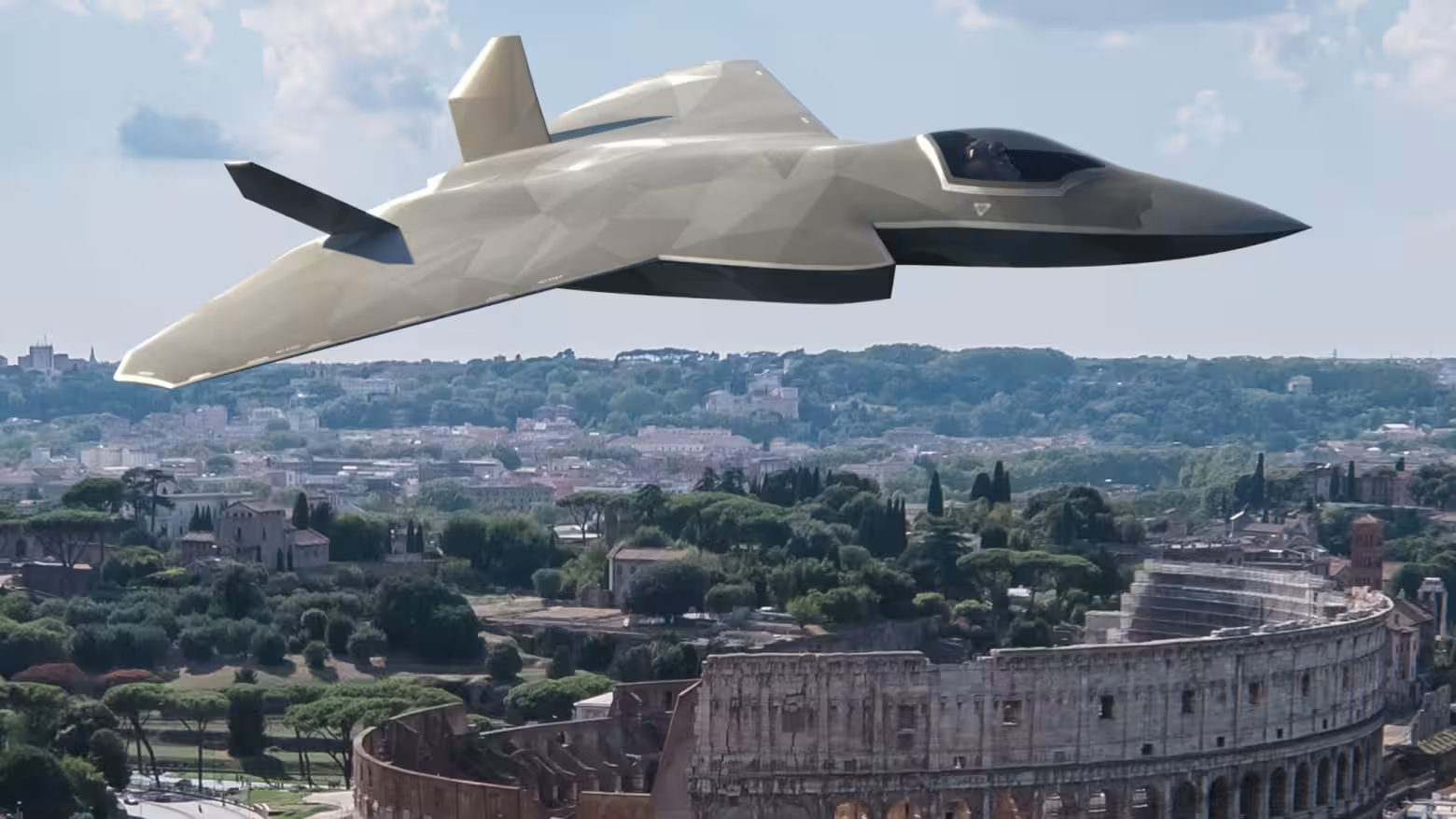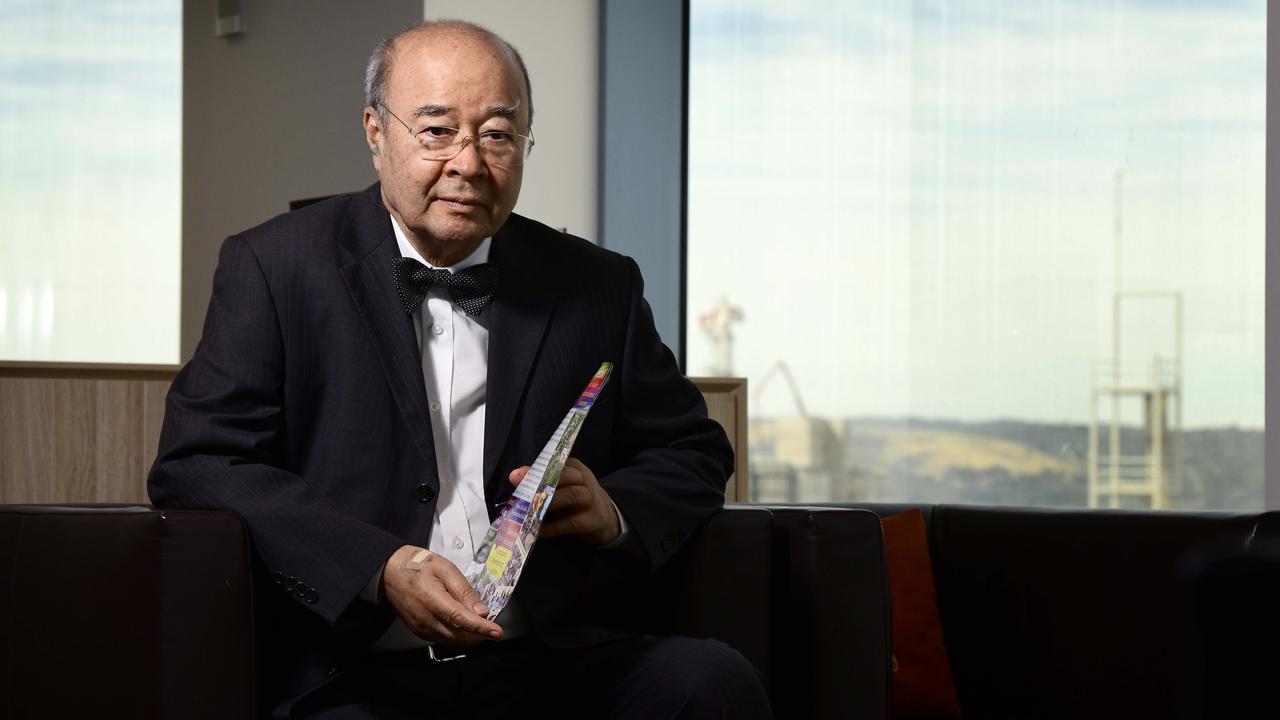Japan fighter jet exports reshape Indo-Pacific defense strategy
Japan is in talks to export its next-generation fighter jet—developed under the Global Combat Air Programme (GCAP) with the UK and Italy—to key Indo-Pacific partners India and Australia. The move marks a historic shift in Japan’s defense policy and positions the nation as an emerging player in the region’s evolving security architecture. The potential Japan fighter jet exports reflect not just technological ambition, but a recalibrated foreign policy centered on deterrence, partnerships, and industrial competitiveness.
Background: From pacifism to production
Launched in 2022, GCAP is one of Asia’s most ambitious defense projects. A collaboration between Japan, the United Kingdom, and Italy, the initiative aims to develop a sixth-generation stealth fighter by 2035. The aircraft will integrate AI-assisted combat, unmanned drone integration, and next-gen sensors—designed to meet the complex demands of modern warfare.
Earlier this year, Japan revised its self-imposed arms export restrictions to allow the sale of lethal weapons developed under joint international programs. According to Nikkei Asia, this policy shift paves the way for the first overseas sale of a Japanese fighter jet since World War II.
Strategic outreach: Why India and Australia?
India and Australia are both members of the Quadrilateral Security Dialogue (Quad) alongside Japan and the U.S., and have increasingly prioritized defense cooperation in response to China’s expanding military footprint.
India is actively modernizing its air force and may consider GCAP under its “Make in India” initiative to localize production and reduce reliance on legacy imports. Australia, meanwhile, is undergoing a strategic defense overhaul and is looking to diversify its future air combat capabilities.
For Japan, targeting these two democracies signals a strategic bid to deepen regional deterrence partnerships and establish a foothold as a credible defense exporter.
Editorial insight: A geopolitical milestone for Japan
If successful, these deals would represent a landmark moment in Japan’s postwar military history. Long known for its pacifist constitution and cautious defense posture, Japan is now positioning itself as a regional defense innovator and arms supplier.
GCAP’s success could open doors for deeper security collaborations with other Indo-Pacific nations and even ASEAN partners. It also aligns Japan’s industrial base with the broader defense manufacturing push happening across allied nations—from NATO to the Pacific.
At a time when global supply chains are being reconfigured, Japan’s move into defense exports offers both economic opportunity and strategic leverage.
Future outlook: Testing Asia’s defense cooperation model
The next major milestone for GCAP will be prototype testing in the late 2020s, but the diplomatic groundwork for defense exports is already being laid. Should India and Australia proceed with acquisitions or joint production, the program could become a template for multi-national defense co-development in Asia.
Moreover, Japan’s leadership in this arena could accelerate conversations around regional defense standardization, interoperability, and indigenous innovation—key pillars of long-term security resilience.
Read more on travel, entertainment and sports features.














